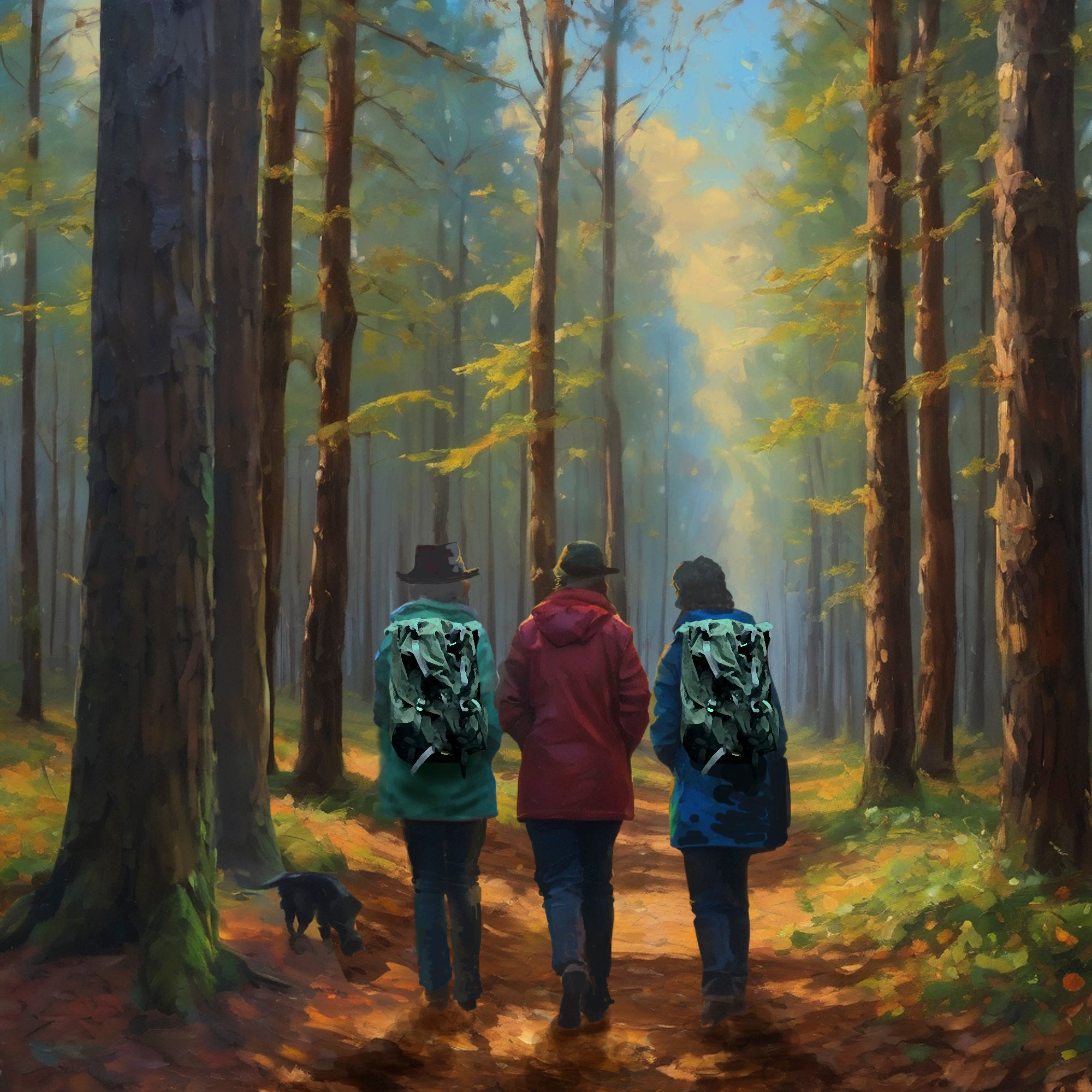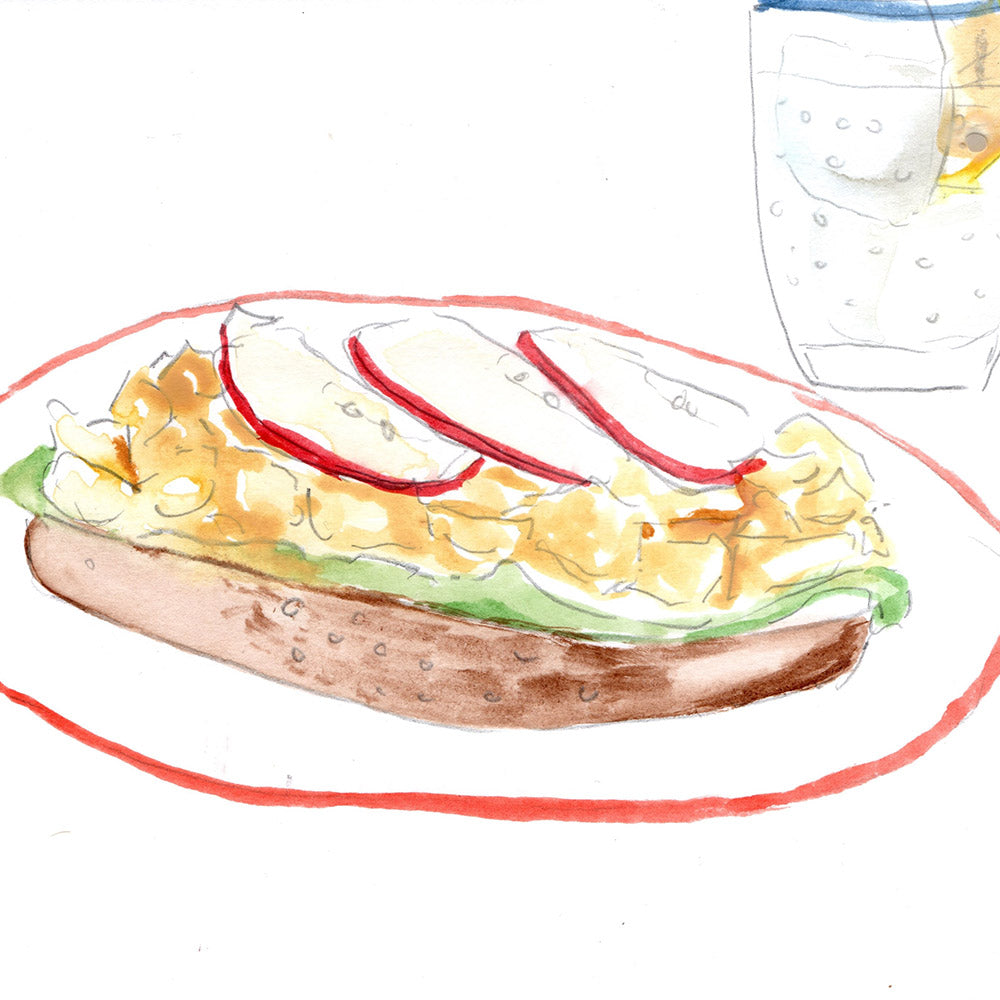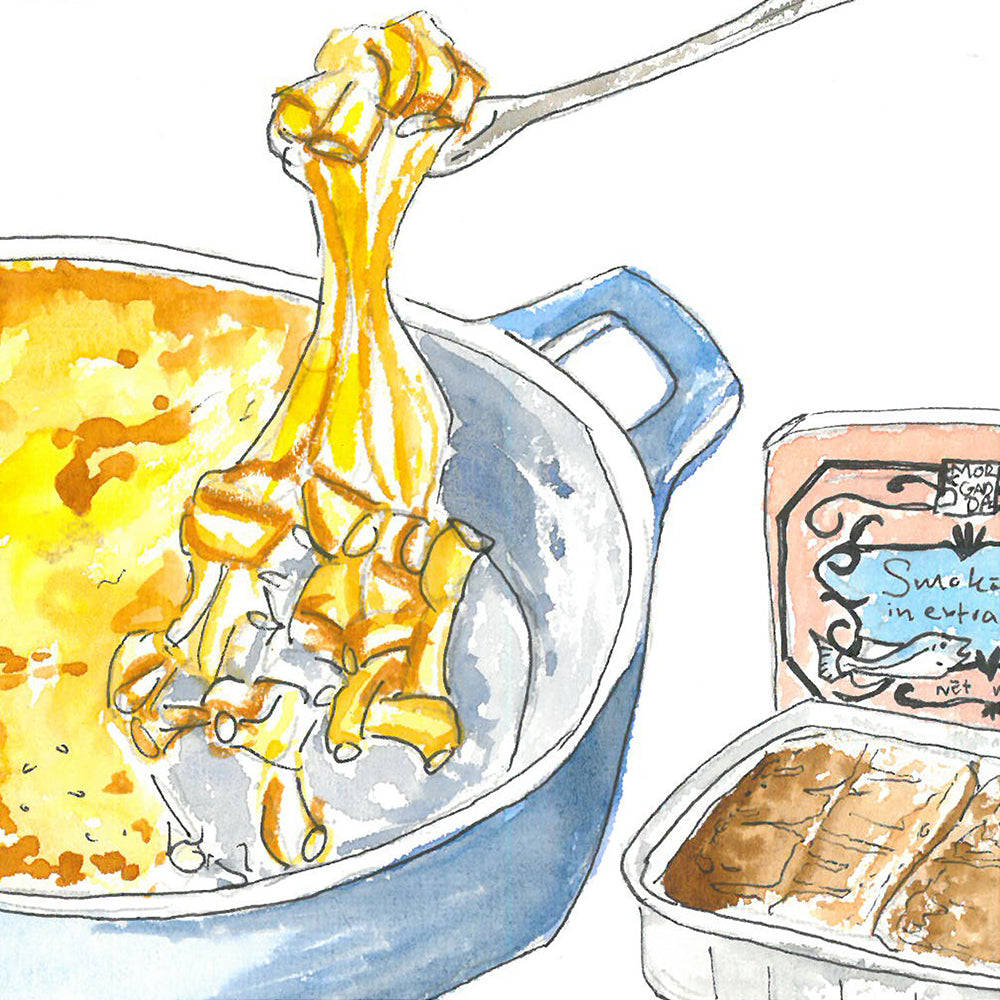Dogs in Truffle Hunting: Their Specialties, Training, Historical Role, and Expertise
The world of truffle hunting is as fascinating as it is delicious. The tantalizing aroma of these elusive fungi has been sought after for centuries, and while various methods have been used to unearth them, one of the most effective and enduring approaches involves man's best friend – the ever loyal pup.
The Specialties of Truffle-Hunting Dogs
Truffle-hunting dogs are a special breed, both literally and figuratively. They belong to specific breeds known for their exceptional olfactory abilities, and they are trained to locate truffles hidden beneath the soil. While several dog breeds have been employed in truffle hunting, certain types stand out for their specialties in this unique field.
The Lagotto Romagnolo is often considered the quintessential truffle-hunting dog. Originating from Italy, this breed is highly specialized in finding truffles, particularly the valuable white truffle. Their dense curly coat helps them navigate the often damp and muddy truffle grounds while their compact size allows them to squeeze into tight spaces and locate hidden treasures.
If one was to see the Lagotto Romagnolo trampling through puddles and hopping across creeks, they might mistake the breed for a show dog, such is their pristine appearance and poodle-esque faces. But make no mistake, the Lagotto Romagnolo have been renowned foragers for generations. Their name ‘Lagotto’ originated from the Romagna region of Italy, and is likely derived from the Italina word ‘lago,’ meaning ‘lake,’ which are abundant in the region.
The breed's history can be traced back several centuries, and were initially bred for water retrieval, particularly in marshlands. However, it was its natural ability to locate and dig up truffles that earned them a prominent place in the world of truffle hunting.
Today, these curly beauties can be seen hard at work, disciplined and focused to such an extent that to look upon one and see their expertise, you might just say to yourself – ‘I can’t even get my dog to heel.’
The Labrador Retriever, the chuckle faced forager of the long, tall woods is the perfect companion for anyone seeking truffle. Their exceptional nose work and friendly, obedient manner make them stellar company for arduous days spent ignoring the rain and traipsing through itching plants in search of earthnut.
In addition to their broad, robust stature, the Labrador Retriever is also gifted with incredible stamina and abundant energy. Their willingness to continue the hunt long after their handlers have turned to jerky can inject a second lease of life into the most lethargic of truffle hunters. This, paired with their unbridled enthusiasm and great company, grants a motivating magic that will keep you in the bog much longer than you might otherwise wish.
And when that truffle finally rears it dirty little head, Labrador Retrievers will snuff it out and point to paydirt with their characteristic tenderness, ensuring not to damage the prize before it can be popped from the soil. The gentleness and good humour of Labrador Retrievers are so pronounced that from the first steps into truffle country to that victorious journey home, spirits will remain high and good cheer in hearty supply throughout.
To continue this tradition of incredibly handsome hunting dogs, we move on to the German Shorthaired Pointer.
*Before we move on, I have to say, I never did realize how charming all these foraging/hunting dogs were. I truly did imagine some kind of pig-dog truffle half breed; the snout of a pig, the ears of a dog, the tail very curly, very hairy, but most certainly piggy-ish. These impossibly handsome dogs have thrown me for a loop.
However, I’ll power on.
The German Shorthaired Pointer is the kind of dog I would give a full-bodied hug: thick, sturdy, and with a great big face to absorb my incessant nuzzling; the pointer is like an all-terrain truffle-hunting vehicle. The German pointer is gifted for its supernatural olfactory senses that make them adept for snuffing out the truffles that do no want to be found.
Their ability to accurately point to the location of an as yet undiscovered truffle hot spot also allows their handlers to pre-empt the hidden fungi so not to trample, or in anyway, damage the cluster of culinary delights. This ability to show restraint, particularly when wielding a much greater mass than some of their canine contemporaries, makes the German Shorthaired Pointer an ideal partner whilst tracking down secret truffle troves.
My only wish is to see a select, super team of these dogs working together to find lost items on an episodic basis – I would watch infinite seasons of that show.
The Training Process for Truffle-Hunting Dogs
Training truffle hunting dogs is a meticulous process that combines instinct with discipline. The dogs chosen for the task must be endeavorous and cautious, bold and bracing. They need to rise to the challenge and become one with the truffle – this is the super dog way.
The basic aspirations of training truffle hunting dogs are fairly obvious. The handler wants a dog who can use their heightened senses to locate hidden truffles. For this to become a reality, the dogs are trained in scent familiarization from a young age. This means getting those gorgeous truffles under the wet, little noses of promising pups early on; familiarizing them with the scent and using truffle infused items to get the dog attuned to the aroma whilst preserving the product.
The dogs who show promise in this realm undergo basic obedience training to ensure they respond to commands and work effectively within a team. The common commands used in truffle hunting are those many dog owners will be familiar with, ‘sit, stay, come, and heel.’ The only difference between a truffle hunting dog and our dogs who hunt fallen biscuits behind the bin, is that the hunting dogs actually listen – and eat much less forbidden biscuits. Once the dogs have these basic cues locked tight inside their heads, they are trialled hard to consistently respond and remain calm while hunting. On and off leash manners are also vitally important to ensure the dogs do not pull or trample through truffle rich areas, potentially damaging the fungi in the process. Then, so long as these dogs can take command, remain composed, and not turn to a rocket ship upon sighting a distant rabbit, they are ready for tracking.
Training tracking to truffle hunting dogs is a field exercise that includes taking them out into the wild and burying truffles underground. The dogs – revved up and ready to show their pedigree – are let loose and taught to hone their skills in a realistic environment. The aim of the game is enthusiastic composure, making sure the dog keeps it head whilst remaining engaged and focused throughout. This can be achieved in much the same way house pets are trained to follow commands, by giving them delicious treats and encouraging their best efforts.
The training of a truffle hunting dog can take several months and many sessions knee high in muck before the dog becomes a real pro. For most dogs – like any old joe attempting to perfect a craft – consistency is key, and this means emphasizing good work and gritting your teeth through the bad.
Soon enough, many treat bribes later and with a strong bond built, you can get your dog to do just about anything – hunt truffles, skateboard, fly; it’s all ahead of you.
The Historical Role of Dogs in Truffle Hunting
The use of dogs in truffle hunting has a long and storied history, dating back to ancient times. It is believed that the ancient Egyptians, Greeks, and Romans all employed dogs in their truffle hunting endeavours. The role of these magnificent beasts in truffle hunting can be traced through regions and time periods.
Truffles in the time of the Roman Empire, highly prized for their pungent aroma and exquisite flavor, were considered a delicacy fit for emperors and aristocrats. To unearth these subterranean treasures, Romans relied on specially trained truffle hounds. These dogs, often Canis melanosporum or Lagotto Romagnolo, possessed an uncanny ability to detect the elusive fungi hidden beneath the soil. The partnership between hunter and canine was a testament to the Romans' appreciation for fine cuisine and their innovative agricultural techniques, contributing to the enduring legacy of truffle hunting in culinary traditions worldwide.
During the Middle Ages, the use of hunting dogs for truffle discovery continued as a culinary art form, albeit with a touch of mystique. Truffles were still considered a rare and esteemed ingredient, sought after by medieval nobility and gourmands. Specially trained truffle hounds, often Lagotto Romagnolo or Périgord breeds, played a pivotal role in unearthing these gastronomic treasures. These loyal companions ventured into the forests, guided by their acute sense of smell, leading hunters to the hidden delicacies. The Middle Ages saw a fusion of tradition and folklore surrounding truffle hunting, elevating it to an almost mythical status, further enhancing the allure of this ancient culinary practice.
In the 19th century, truffle hunting with dogs reached new heights of refinement and romanticism. As Europe underwent cultural transformations, truffles remained a symbol of luxury and gourmet excellence. Truffle hounds, often of the Lagotto Romagnolo or Périgord breed (beginning to sound familiar), were celebrated for their role in this culinary pursuit. Truffle hunting became an aristocratic pastime, with grand estates and lush forests serving as prime truffle-hunting grounds. The elegant and highly trained dogs, guided by their handlers, continued to unearth these precious fungi, adding a touch of sophistication to haute cuisine. The 19th century witnessed a resurgence of interest in truffle hunting, preserving its legacy in the annals of gastronomic history.
In the modern age, the use of hunting dogs for truffle hunting remains a cherished tradition, though it has evolved with technological advancements. Today, truffle hunters often employ various dog breeds, such as Lagotto Romagnolo, trained to detect the distinctive scent of truffles. However, technology, such as GPS and soil analysis, has supplemented these canine skills, aiding in pinpointing truffle-rich areas. Modern truffle hunting represents a harmonious blend of ancient wisdom and contemporary innovation, making it accessible to a wider audience. Truffles continue to be a sought-after culinary delight, gracing the tables of gourmet restaurants and kitchens worldwide, while truffle-hunting dogs uphold their esteemed role in preserving and enhancing this epicurean tradition.
Conclusion - Why Dogs?
While this seems like the first question that should be asked in an article about the use of dogs in truffle hunting, it in fact works best as a closer. This is because the virtue of dogs in such a pursuit while measurable (keen olfactory senses, instinctual drive, precision and control, communication, and adaptability) only account for half their value. The rest of their worth lies in the intangible: their companionship and enthusiasm, their loyalty and love.
Without a small, hairy friend to lead the way on bleak rain drenched mornings and tumultuous wind filled days, the world of truffle hunting would be a lot less bearable and certainly a lot more strenuous. In the wild, there are culinary delights to unearth and earthen delicacies to indulge. But without a great big/ small/ floppy friend to find them with – what in the world’s the point?


